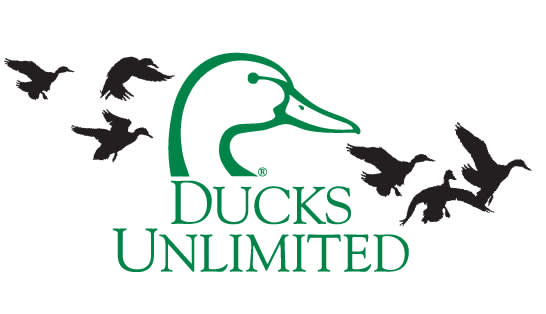Critical Conservation Areas Overlap Many DU Priority Areas
Ducks Unlimited 05.27.14

U.S. Department of Agriculture Secretary Tom Vilsack today announced the eight Critical Conservation Areas (CCA) established in the 2014 Farm Bill, which overlap with many of Ducks Unlimited’s (DU) priority regions.
Among the CCA designations that are particularly important to waterfowl habitat are the California Bay Delta, Chesapeake Bay Watershed,Great Lakes Region, Mississippi River Basin and the Prairie Grasslands. More than 50 percent of North America’s migratory waterfowl depend on the wetlands and grasslands in the Prairie Pothole Region, or the “duck factory.”
“The Critical Conservation Area designation allows USDA to focus its assistance in many areas that overlap with the essential priorities that Ducks Unlimited has already strategically identified as habitats in which we can have the most impact with our conservation work,” said DU CEO Dale Hall. “These regions also reflect where DU has standing partnerships with agriculture farm and ranch stewards, who help implement habitat conservation projects on private lands.”
The 2014 Farm Bill created a new Regional Conservation Partnership Program, which merges several existing programs and provides funding incentives for state, federal, private and nongovernmental organizations to form conservation partnerships to improve the health of iconic watersheds. It also authorizes the USDA Secretary to designate eight Critical Conservation Areas to receive targeted program funding.
“As a rice farmer, the designations of the Mississippi River Basin and California Bay Delta are particularly exciting to rice agriculture. Opportunities to maximize conservation on working rice lands will also maximize wintering waterfowl habitat in these regions,” said DU President George Dunklin.
Rice-growing regions of the United States overlap directly with the most important waterfowl wintering grounds. A recent study authored by Ducks Unlimited scientists for The Rice Foundation found that it would cost in excess of $3.5 billion to create natural wetlands for wintering habitat in these regions in the absence of rice agriculture.

